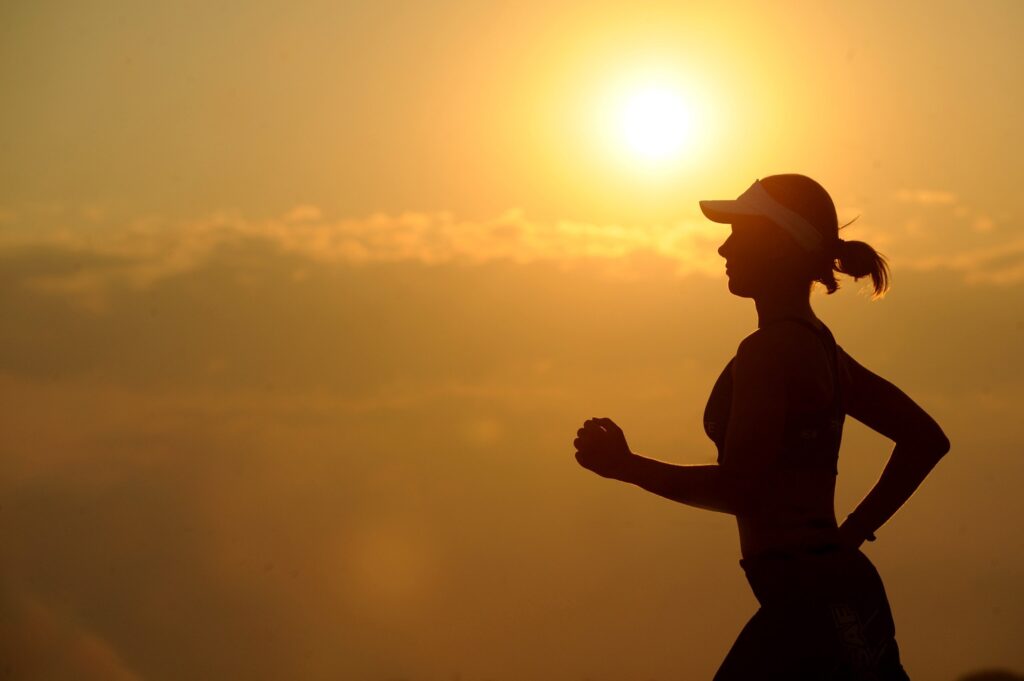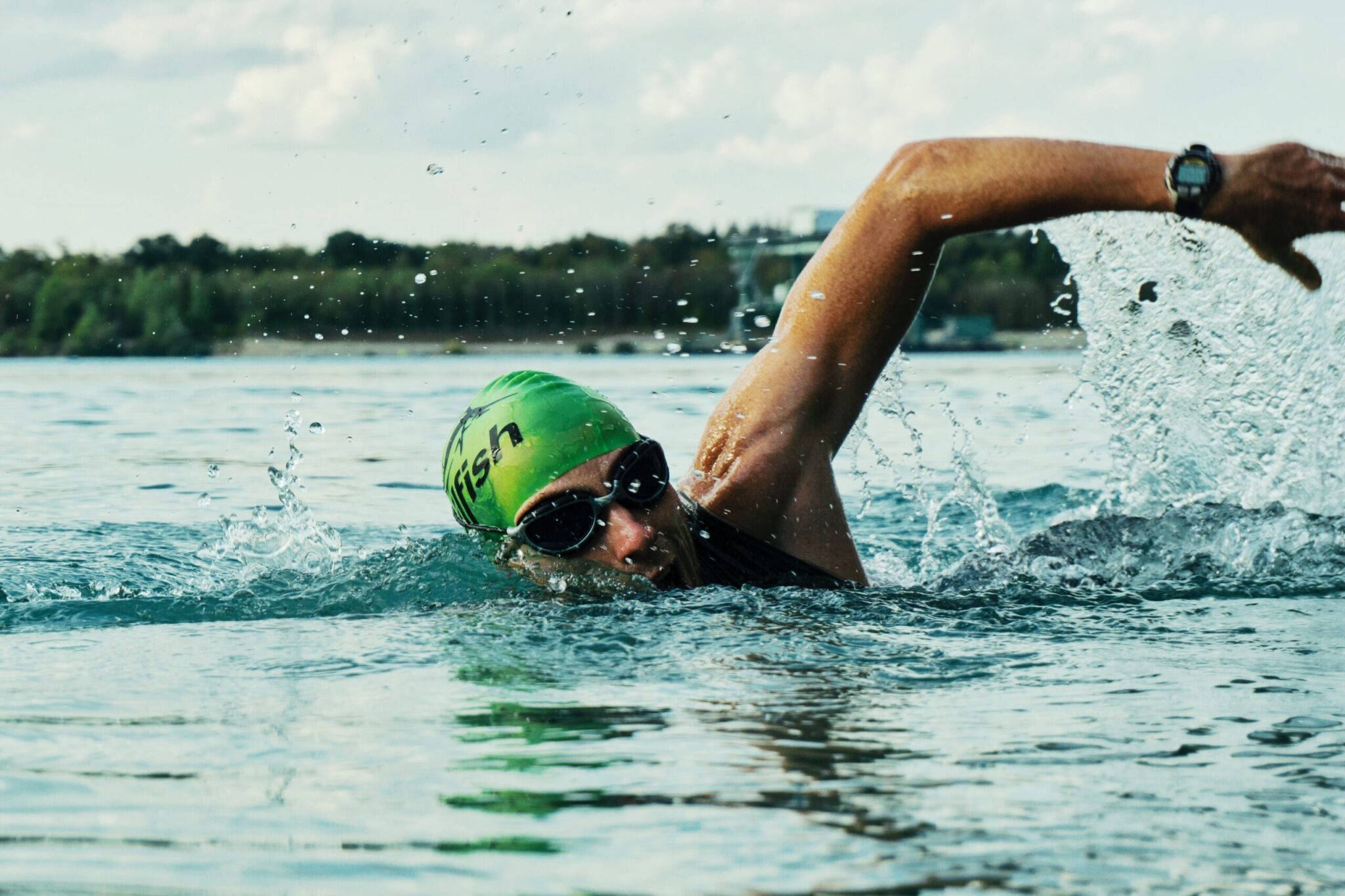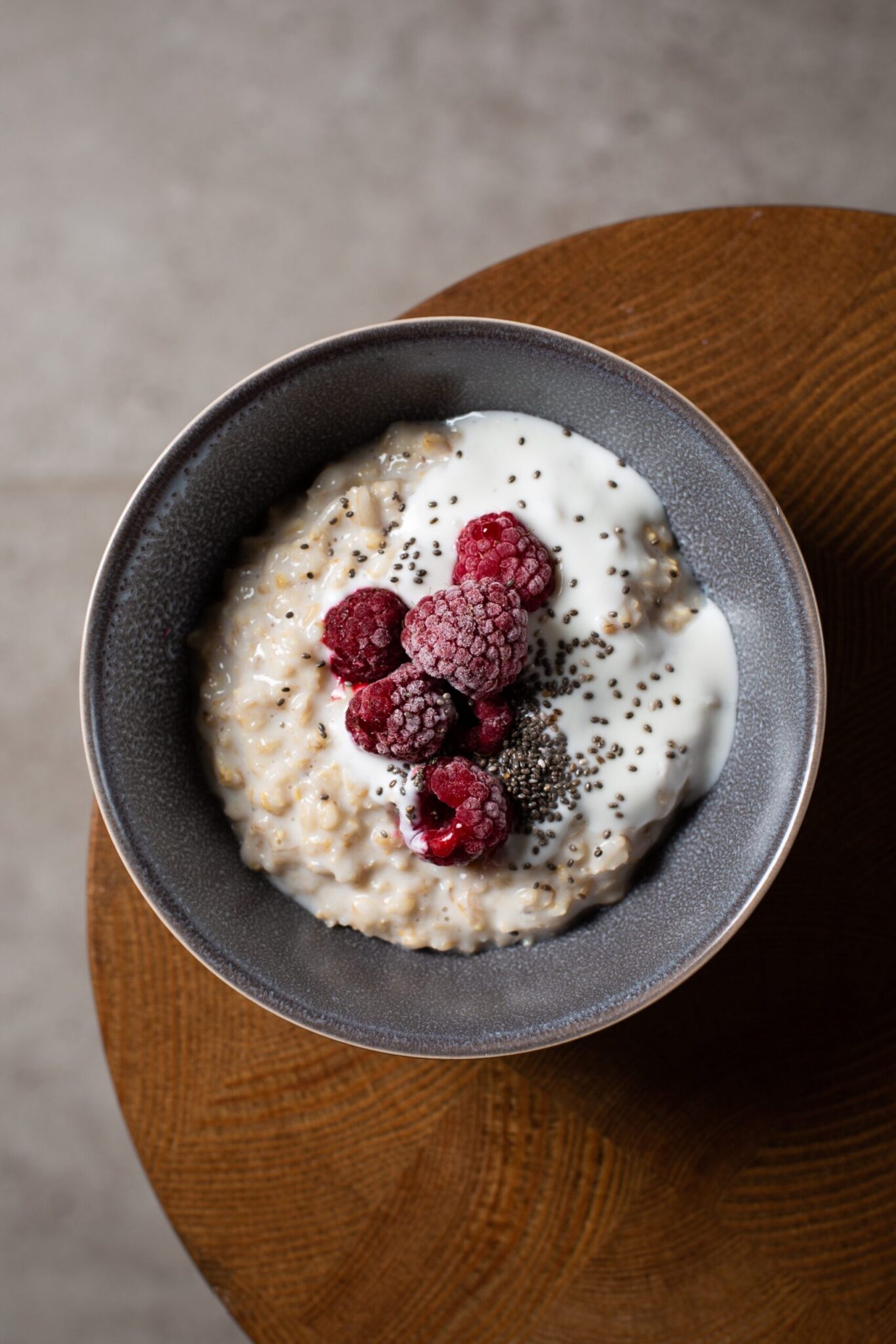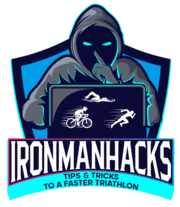This is a unpaid guest blog post by Jasper Harrison-Bayes of Sportiva Events in the UK
So, you’ve just completed your first Sprint distance triathlon, and now, you’re looking to step things up.
Here’s our top tips to help you on your way to Olympic distance events.
- Consistency
Training for an Olympic triathlon takes a fair amount more training. Most people can finish a sprint triathlon with fairly minimal training and as little as three sessions a week (one swim, one bike, and one run per week).
For an Olympic distance event, however, your muscular and cardiovascular endurance need to be improved, and as a result, more training is necessary.

You should be aiming to train 2-3 times for each sport every week, depending on how much time you have available to train. This, of course, comes at a cost.
Of course it’s not always easy to fit all the training into a busy schedule but aim for a minimum of 5 sessions a week across the three sports. And the sessions don’t need to be long.
- Endurance over intensity
Endurance is the priority with triathlon training – there’s no use having a speedy 5K if you can’t finish a 10K. Begin by practicing sprint distances for each sport, and then slowly increase these distances little by little, making sure it never becomes ‘easy’.
If you find that you aren’t having to push yourself anymore for the distance, then increase the distance. At this stage of the training, you shouldn’t be concerned with speed or times, just focus on the distances.
- Rest, a lot
Rest is one of the most undervalued aspects of training, in any type of sport. There is no use training your body and muscles without the necessary rest for your body to repair and improve itself, and this goes for everything from triathlon to bodybuilding.
- Test driving
Once you feel comfortable with the Olympic distances, you can use them as the base of your training moving forward. For example, if you can complete an Olympic distance cycle, but afterwards feel as if you couldn’t go on anymore, then it may be beneficial to go back and work some more on your endurance.
Similarly, if you complete the Olympic distance bike and still have a fair amount of energy, then it’s time to work on increasing your pace.
- Hit the bricks
Practicing each leg of the triathlon alone is great for improving in each discipline, but there’s more to a triathlon than each of the legs! Yes, you may be able to complete a 10K run, but can you run 10K immediately after cycling 40K?
Training specifically the run leg immediately after the cycle is often known as ‘brick’ training (named after how your legs are likely to feel when transitioning from cycle to run) and is the best way to really get used to how your body is going to feel on race day.
Short bricks are fine. For example after your normal bike ride just put your runners on and run a mile. It will start to get easier.
- Practice transitions
To the same end, practicing the transition itself is vital – it may look easy, but it certainly isn’t when your legs are on fire from a 40K cycle.
Try setting up a mock transition area where you can rack your bike and leave your running shoes, and practice completing the transition several times over immediately after a long cycle – You’d be surprised how easy it is to forget something when you’re tired!
Similarly, you can practice taking off your wetsuit if your target event has a lake or sea swim.
- Get into open water
Sprint triathlons are often aimed towards beginners, or people just getting into triathlon, and as such, they often feature pool-swims. While it isn’t impossible to find an Olympic triathlon with a pool-swim, being comfortable with open-water swimming greatly increases your options.
And if you are planning on taking your triathlon career further than Olympic distance, open-water swimming is a must.
If you’ve never swam in open water before, inland lakes are a great place to start. With no tides or choppy waves to worry about (or mouthfuls of salty water) the major difference between pool-swimming and lake-swimming is the water temperature.

Lakes are guaranteed to be much colder than your local pool (if you’re in the UK, that is) and therefore a good fitting wetsuit is an essential piece of gear. Many would also recommend ear plugs, as these prevent the cold water from entering your ear and keep the inside of your head warm.
The next step is sea-swimming. The sea can be unpredictable, and as such sea-swim triathlons are very dependent on weather conditions, as should be your training.
Always check weather forecasts, tide times and wind speeds before heading out into the water, and NEVER swim alone.
One of the first things you’ll notice with sea swimming for the first time is how your breathing will have to change. What could have been a perfect breathing pattern in a pool-swim might leave you with a mouthful of sea water should you try it in open water.
Learning bilateral breathing, where you can take a breath on either side, is a useful skill. You also need to practice sighting. In a pool there are lines to follow. In the sea or a lake you need to look ahead to a turn buoy. So every few strokes you need to look up.
- Avoiding ‘the bonk’
Training by itself will not transform you into a triathlon superstar; it is only half of the story. Equally important for a triathlon is your nutrition, especially on race day.
Most importantly, you need to be eating enough food to gain the necessary energy for your training – attempting a 10K for the first time on an empty stomach is a terrible idea.
The same goes for race day – what you eat before your race can make all the difference to your performance. A common occurrence among triathletes is a sudden lack of all energy somewhere between the bike and run legs of the race, this is often referred to as ‘the bonk’ or ‘bonking’ and is caused by a sudden drop in sugar levels, specifically, glycogen.
To avoid ‘the bonk’, pre-race nutrition is vital. Carbohydrates are great for long lasting, slow-release energy as opposed to sugary foods which will leave you with a sugar crash not far into your event.

Have a healthy carb-rich breakfast such as porridge. And use gels or energy drinks to top up your glycogen levels during the event.
- Race Pace
Now it is time for you to take part in your first Olympic triathlon! It is important to remember NOT to go flat-out from the start or will end up will no energy left only halfway into the race.
Instead, find a comfortable pace similar to that of your training and stick at it. Remember, it’s always better to get to the end of the run and have energy left for a sprint finish, than it is to run out of energy entirely before you reach the finish line.
This is a unpaid guest blog post by Jasper Harrison-Bayes of Sportiva Events in the UK
Related content:
#19: Arrive at the race a few days early



Leave a Reply
You must be logged in to post a comment.